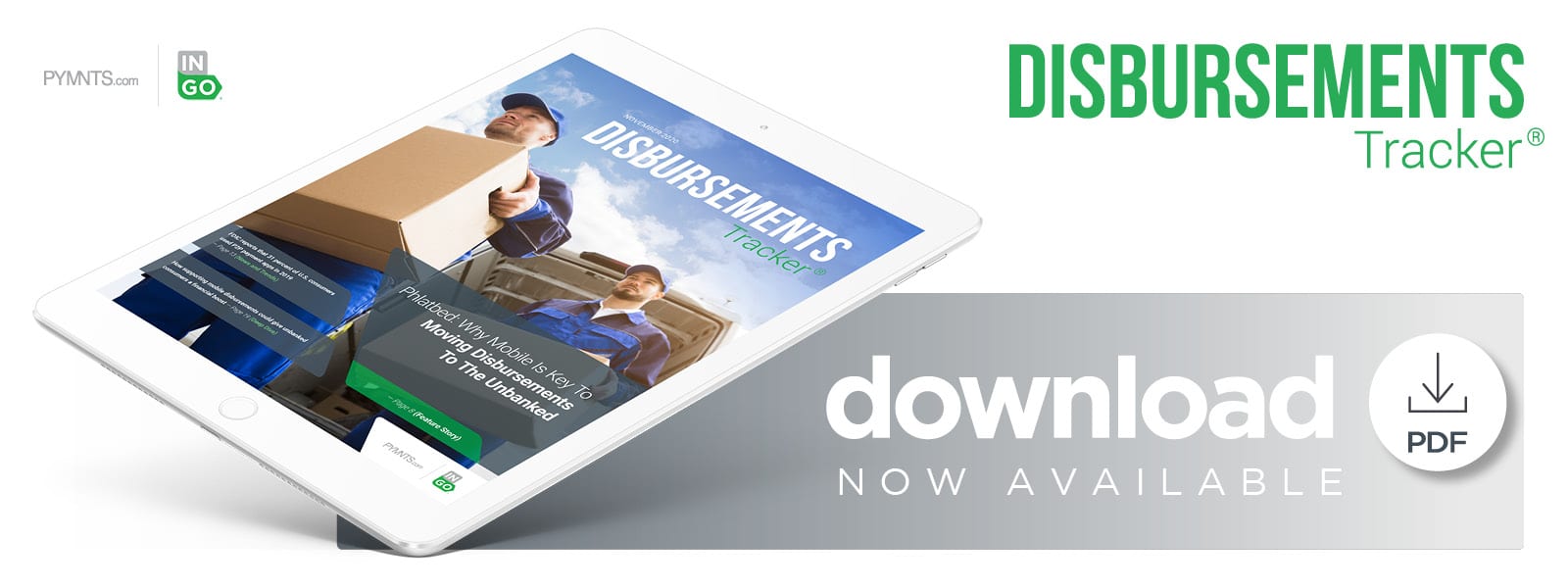Deep Dive: Why Instant, Mobile Disbursements Are Key To Keeping Unbanked Consumers Financially Engaged

Keeping unbanked consumers transacting and connected to the broader financial world has grown especially tricky over the past few years as cash use dips and digital payments rise.
Even paying at fast food restaurants — many having adopted technologies and point-of-sale (POS) terminals that favor cards over cash — can prove difficult for the unbanked, and the pandemic is adding pressure to establishments to go cashless.
The number of consumers who are classified as unbanked or underbanked is growing for the first time in several years as the health crisis drives widespread job losses and lowers incomes globally. Many individuals lack emergency savings on which to fall back, with 35.8 percent of all American households stating in one study that they were not saving for emergencies. Lacking access to bank accounts is making it more challenging to save.
Being unbanked can also bar consumers from accessing significant digital benefits, such as receiving direct deposits and other disbursements, instantly paying their bills or gaining real-time spending insights. The pandemic is prompting the rapid expansion and adoption of digital and mobile banking, however, opening new doors for financial players as they work to connect with these individuals.
The following Deep Dive examines the ongoing health crisis’s effects on the unbanked and underbanked as well as how digital and mobile adoption could enable these consumers to send and receive disbursements.
The Pandemic And Unbanked Consumers
The pandemic is causing financial impacts that rival those experienced during the Great Recession and other widespread economic crises, leaving individuals and businesses struggling to make ends meet and causing a rise in unbanked consumers. More than 100,000 small- to medium-sized businesses (SMBs) have permanently closed their doors since the start of the pandemic, and 8 million Americans have fallen below the poverty line during that time. Financial institutions (FIs) and other financial players confronting these new economic realities are shifting their focus to assess how best to engage with unbanked consumers as their ranks grow.
Unbanked consumers do not have many of the tools banks and financial players typically use to disburse funds, and they often rely solely on cash because they lack bank accounts. Many FIs also have minimum balance requirements to maintain checking and even savings accounts, with one study finding that 29 percent of unbanked consumers did not open such accounts because they did not feel that they could meet these requirements. Banks have been tackling these issues for several years, but the health crisis has prompted organizations such as the American Bankers Association to recommend that U.S. banks make low-cost accounts more freely available to unbanked consumers.
This lack of bank account access has deeper financial impacts. It often means unbanked consumers are likely to choose cash over other methods when they receive even routine disbursements like work compensation. Three-quarters of consumers who are currently unbanked reported having minimal or no interest in creating traditional bank accounts — preferring instead to handle their financial needs outside the banking world.
Handling cash has become severely difficult during the pandemic. Lingering concerns over accepting physical payments have led numerous stores to discourage or limit cash’s use, and the number of agencies that want to send out disbursements to customers digitally rather than through the mail via paper checks has also grown. One digital disbursement method that appears to be catching on with both banked and unbanked consumers is mobile wallets, however. Such tools may provide FIs and other financial players with the opportunity they need to engage unbanked consumers as cash use shrinks.
The Mobile Opportunity
Cash, checks and even plastic cards are seeing less use during the pandemic compared to methods that rely more on digital or mobile devices. Mobile is becoming the primary way for a rising share of banked consumers to interact with their bank accounts, for example, growing from 15.6 percent in 2017 to 34 percent in 2019. The pandemic is accelerating this growth, with new mobile banking registrations ballooning 200 percent in April, and this trend will likely continue through year’s end.
It is important for FIs to note that most unbanked individuals have smartphones, even though they may still be wary of traditional bank accounts. Eighty-one percent of U.S. consumers owned smartphones as of 2019, and the use of mobile solutions that do not rely on bank account access — including mobile wallets — is also increasing. Thirty-one percent of U.S. consumers are now using some kind of P2P mobile application, such as Venmo.
Mobile wallets can receive and store payments inside their apps, which could provide a significant benefit to unbanked consumers who must transition away from cash even without access to traditional banking services. Determining how to accommodate these mobile disbursements — and do so instantly — will be a key consideration for financial players during the next year as they work to bring unbanked consumers into the digital banking fold.

